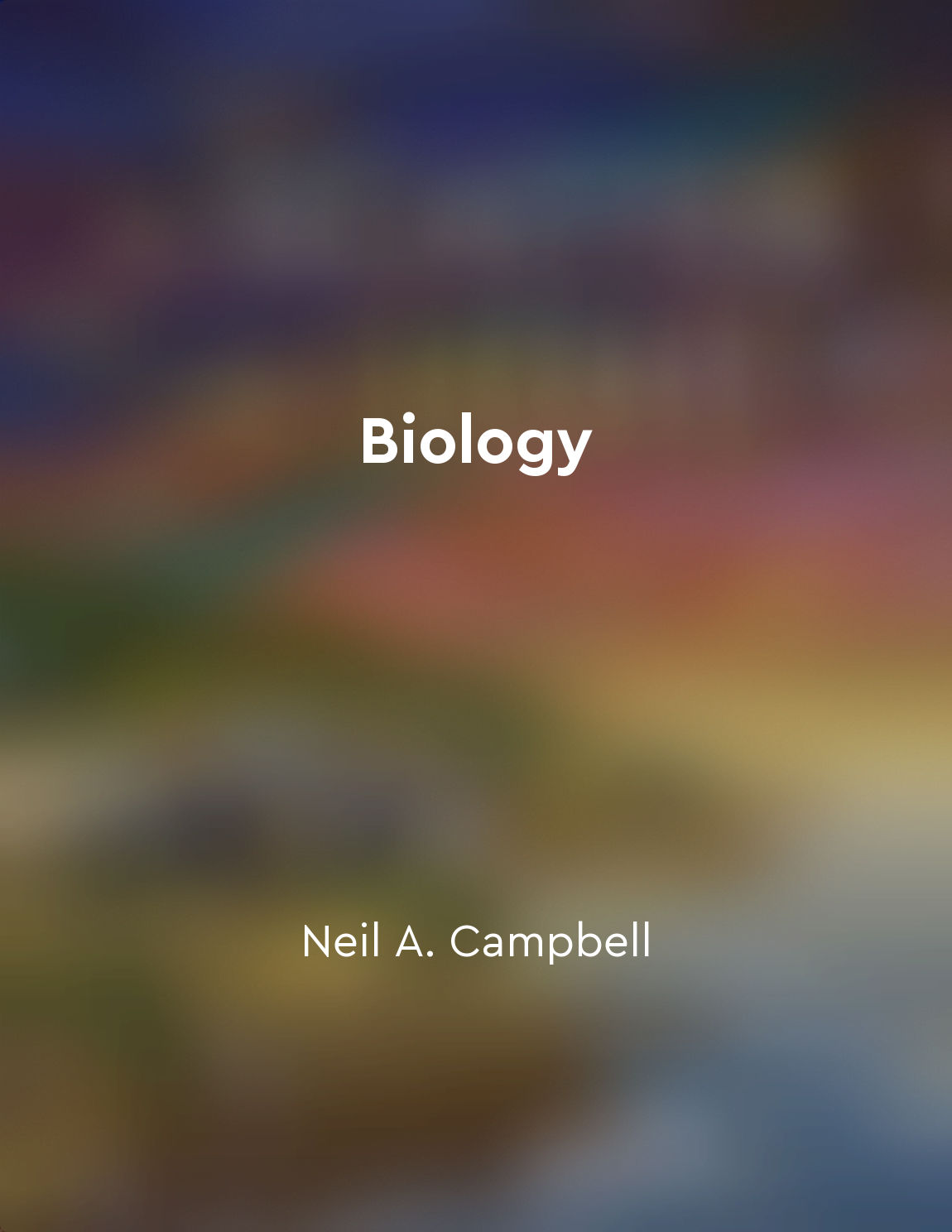Diversity of microorganisms from "summary" of Biology by Neil A. Campbell
Microorganisms, such as bacteria, archaea, fungi, and protists, are incredibly diverse in nature. They can be found in almost every habitat on Earth, from the depths of the ocean to the top of the highest mountains. This diversity is a result of their ability to adapt to a wide range of environmental conditions, allowing them to thrive in even the harshest of environments. One of the key factors contributing to the diversity of microorganisms is their rapid rate of reproduction. Bacteria, for example, can divide every 20 minutes under ideal conditions, allowing them to quickly evolve new genetic traits. This rapid evolution leads to the formation of new species, further increasing the overall diversity of microorganisms. In addition to their ability to adapt and evolve quickly, microorganisms also exhibit a wide range of metabolic processes. Some microorganisms are capable of photosynthesis, using sunlight to produce energy, while others are able to break down complex organic molecules for energy. This metabolic diversity allows microorganisms to occupy a variety of niches in different ecosystems, further contributing to their overall diversity. Furthermore, the genetic diversity of microorganisms is immense. Unlike higher organisms, which reproduce sexually and exchange genetic material with other individuals, microorganisms can exchange genetic material with a wide range of other microorganisms through processes such as conjugation, transformation, and transduction. This horizontal gene transfer allows for the rapid spread of beneficial traits throughout microbial populations, increasing their overall genetic diversity.- The diversity of microorganisms is a result of their ability to adapt and evolve quickly, their wide range of metabolic processes, and their immense genetic diversity. This diversity plays a crucial role in ecosystems around the world, influencing nutrient cycling, decomposition, and even human health. By studying and understanding the diversity of microorganisms, scientists can gain valuable insights into the natural world and potentially harness the power of these tiny organisms for various applications.
Similar Posts
Development biology explores the growth and differentiation of organisms
Development biology delves into the intricate processes that govern the growth and specialization of organisms. It seeks to unr...
Making sense of life is an ongoing journey
The exploration of life's meaning is not a destination one can reach and then simply rest upon. It is a continuous journey, a p...
Genes can influence social dynamics
Genes play a significant role in shaping our social behaviors and interactions with others. These genetic influences can affect...

Homologous structures in different species
Homologous structures in different species are those which, in their different species, are similar in their form and function,...

Reproduction of successful variations
When we look at the vast and complex world of living organisms, we see a multitude of variations among individuals within a spe...
Microbes help plants extract nutrients from the soil
In the intricate dance of life taking place beneath our feet, plants and microbes engage in a mutually beneficial relationship....


